|
18. Leptidea sinapis s.l. (Linnaeus, 1758) / Wood white / Pieridae –Dismorphinae
NL: boswitje / D: Senfweißling, Tintenfleck-Weißling, Leguminosen-Weißling/ F: piéride de la moutarde, piéride du lotier
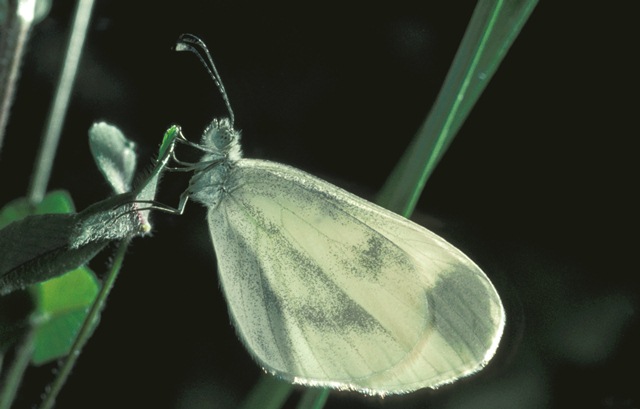  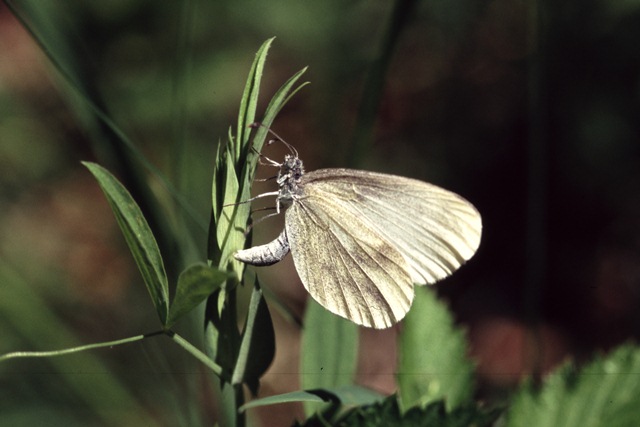
Photographs: Frits Bink, Jeroen Voogd, Frits Bink ©.
Medium-sized, wing length 20 (18-23) mm. The species occurs usually in a transition zone between wood or shrub and grassland, sometimes also in the open landscape of chalk grassland, in the countryside on rides and coppiced woods. In the Benelux, it occurs locally in Luxemburg and Wallonia. After 2002 it returned to and expanded in the south of the Netherlands after a long period of absence.
Butterfly is on the wing from end-April until end-August in two generations, the first one peaks end-May, the second one end-June. In Europe it occurs in climates ranging from maritime to continental, amplitude 4 to 18, and its required heat sum is 450°d and its maximal tolerated 2000°d. This corresponds with climate windows of 20 and 38 weeks.
The taxonomic status of this species has become complicated by its division into three separate species: Leptidea sinapis, Leptidea reali Reissinger 1989 from the Pyrenees and considering Leptidea juvernica Williams 1946 from Ireland (Dincă et al. 2011; Šichová et al. 2015). In the field these three taxa cannot be distinguished. The species is also well known for its seasonal dimorphism.
The occurrence of the species is nearly always associated with undisturbed grass and herb vegetation.
Ecological characteristics
Behaviour over time
Overwintering: pupa attached to a stalk of a herb.
Reproduction: oviposition starts after 3-5 days when the body contains 30 (19-41) eggs. The estimated potential production is twice as much.
Larval feeding periods: four weeks in the period from May until September.
Generations: one, up to three, depending on the local climate.
Spreading of risk: flexibility in diapause of the pupal stage.
Life cycle: egg 7 (5-10) days; larva 26 (18-33) days; pupa 12 (9-15) days or 29-46 weeks in the case of overwintering.
Life span of adult: short, 2 weeks.
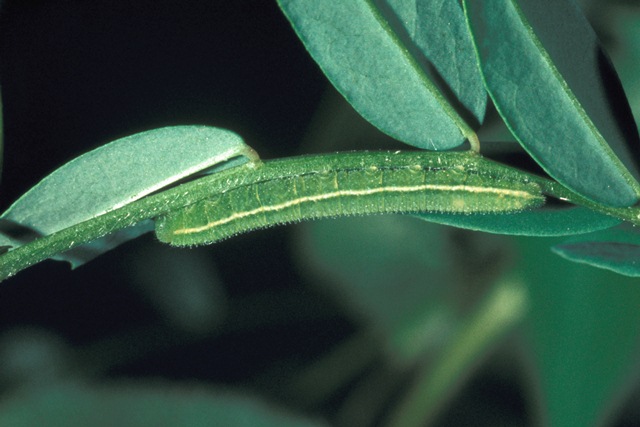 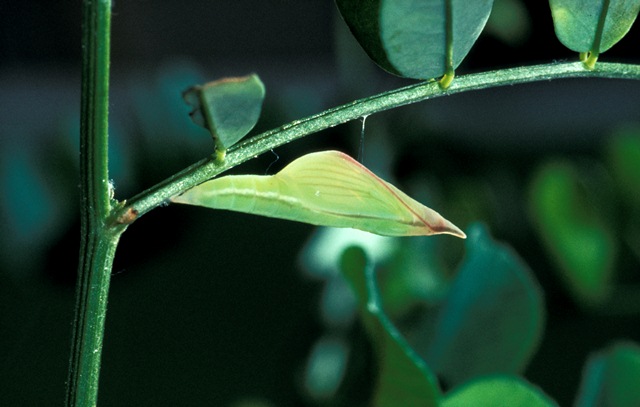
Photographs: Frits Bink ©.
Behaviour in space
From stay-at-home to migrant: stay-at-home, spatial requirement modest, however there are reports of strays many kilometres away.
Finding a mate: quite curious, the courtship behaviour of the male is to caress the female by its outstretched proboscis.
Orientation in the landscape: edges between grassland and wood.
Oviposition: female prefers short grass where the host-plants can be found and the eggs are laid on leaf or stalk in the upper part of this plant.
Defence
Threats from other organisms: cryptic in larval stage, white colour in the adult stage that is repulsive to avian predators.
Threats from the environment: the butterfly is only observed on sheltered places and is vulnerable to adverse and windy weather.
Feeding habits
Adult: nectar of flowers of all kind, preferably those of the pea family.
Larva: feeds both on young and old leaves.
Larval foodplants
Plant species: Fabaceae, Hippocrepis comosa, Lathyrus palustris, L. pratensis, Lotus corniculatus, Medicago sativa, Securigera varia, Vicia cracca, V. lathyroides.
Journal
Rearing experiments based on specimens from Nîsmes, Belgium:
28 May 1982: females captured on a chalk grassland and oviposited on Lotus corniculatus.
1 June: eggs laid on Lathyrus pratensis.
4 June: first egg hatched.
19 June: first pupa.
27 June: last larva prepupa.
28 June: first adult appeared.
Breeding experiment based on specimen from Lion devant Dun, France:
12 June 1984: two females captured and 10 ova laid.
20 June: eggs hatched.
2 July: larvae at end of L2.
13 July: larvae at end of L4.
18 July: one larva pupated.
30 July: first adult appeared, male.
2 August: eight adults present, courtship observed.
5 August: egg laying started.
9 August: total number of eggs laid by four females 160.
Table 18-1. Results of dissections

Table 18-2. Collection and observation localities
B, Ethe, 240 m, 49° 36’ 25”N – 5° 35’ 50”E; 29 May 1966, 19 June 1983, 11 July 1984, 23 May 1985.
B, Nîsmes, Tiènne-Breumont 215 m, 50° 04’ 40”N – 4° 32’ 35”E; 28 May 1982.
B, Torgny 237 m, 49° 30’ 40”- 5° 29’ 04”E; 19 June 1983, 1 July 2002.
B, Virton 230 m, 49° 35’ 05”N – 5° 33’ 19”E; 21 June 1983.
F, Aurel, 400 m, 44° 43’N – 5° 16’E; 29 August 1984.
F, Lorraine, Dieue-sur Meuse 49° 05’ 11”N – 5° 27’ 25”E; 19 August 1984.
F, Lorraine, Lion-devant-Dun 300 m, 49° 23’ 40”N – 5° 14’ 03”E; 12 June 1984.
F, Montmédy 217 m, 49° 31’ 07”N – 5° 21’ 33” E; 12 June 1984, 18 August 1984.
F, Vosges, Katzenkoepfle, 565m, 48° 01’ 54”N – 7° 06’ 04”E; 21 August 1984.
S, Gotland, Ljugarn 57° 22’ 03”N – 18° 41’ 31”E; 24 June 2004.
S, Gotland, Lickershamn 57° 50’ 17”N – 18° 34’ 54”E; 3 July 2004.
Fig. 18-1. Leptidea sinapis s.l., phenogram adapted from Fichefet et al. 2008: 85.
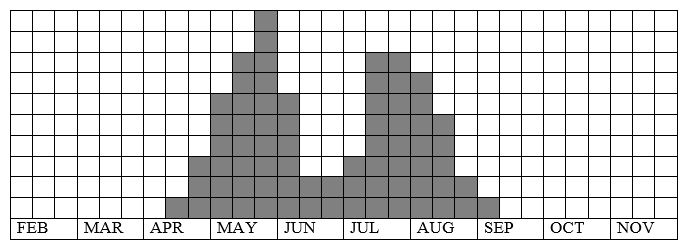
Fig. 18-2. Leptidea sinapis s.l., habitat characteristics.
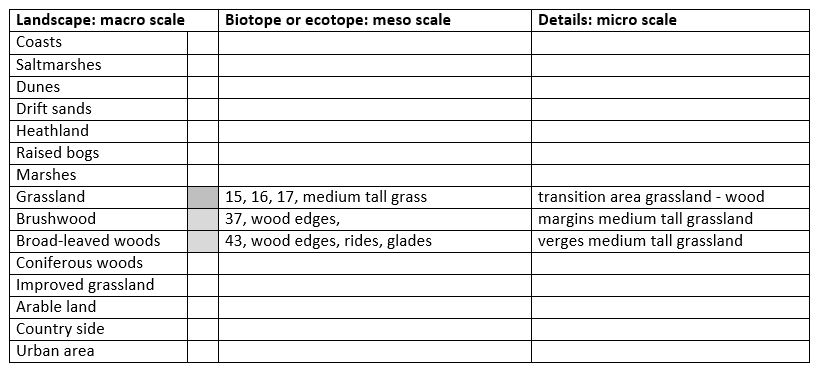
Fig. 18-3. Leptidea sinapis s.l., climate matrix, heat-sums 450 - 2000°d.
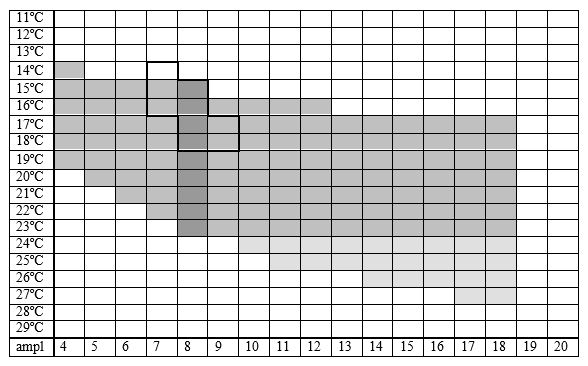
|










